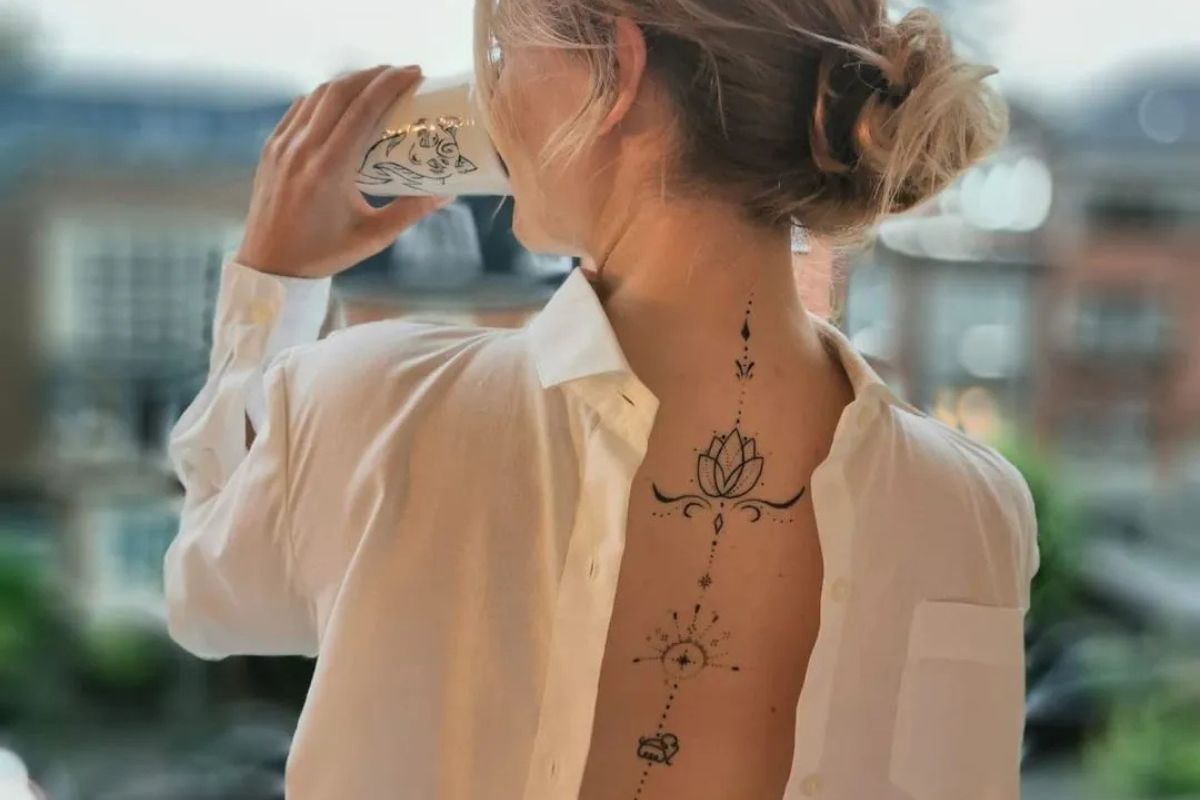On social media platform X, a trend emerged with the hashtag WhatsWrongWithIndia garnering over 2.5 lakh posts. This simple question sparked a complex online discussion. It was filled with both real concerns and enough desi humor to rival the Bollywood awards show.
Triggering the Trend
The trend likely stemmed from a recent, horrific rape case in Jharkhand, India. This sparked outrage and frustration. It led many to question women’s safety and the justice system. Social media became a platform to express these concerns. The hashtag WhatsWrongWithIndia was a rallying cry.
#WhatsWrongWithIndia is the brutal attack on that woman in Jharkhand. We need stricter laws and better implementation to ensure women’s safety! Also, why is finding a parking spot in Delhi harder than solving world hunger? Asking for a friend. – Priya Sharma (@priyasharma31)
Beyond the Outrage: Negative Stereotypes and Algorithmic Bias
However, the trend quickly took a turn. Some accounts used the hashtag WhatsWrongWithIndia. They used it to paint India as the “rape capital of the world.” This promoted negative stereotypes about the country’s safety and hygiene. These posts often lacked nuance, generalizing an entire nation based on isolated incidents.
Also, some Indian users suspected this. They thought that platform X’s algorithm was boosting the bad stories. Many people saw these posts with the hashtag WhatsWrongWithIndia. This may have made the issues seem more common than they are. The trend highlighted serious issues.
#WhatsWrongWithIndia is definitely the internet connection dropping just as you’re about to win online Ludo with your uncle from Bangalore. Also, some people using this hashtag, maybe? – Rahul Kapoor (@rk_opinions)
But, it also showed the resilience and humor that define Indian social media. Many users employed wit and memes to counter negativity and spark productive conversations. After all, laughter can be the best medicine. This is true even when discussing complex social problems with the hashtag WhatsWrongWithIndia.
A Divided Response: Highlighting Issues vs. National Disparagement
The trend exposed a deep divide. Many Indian users participated in the discussion using the hashtag WhatsWrongWithIndia. They shared their concerns about social issues, such as crime, poverty, and corruption. This openness to discussing challenges is a crucial step towards positive change. Others countered.
They said that focusing only on negatives ignores India’s strengths. They pointed out the country’s rich cultural heritage, economic progress, and vibrant democracy. They also said that problems like crime and violence are not unique to India. They exist, to varying degrees, in many countries.
Several users responded to the stereotypes associated with the hashtag WhatsWrongWithIndia. They shared similar incidents from other countries. They also shared meme-worthy content. This approach aimed to counter the idea that India was inherently unsafe. It challenged the supposed exceptionality of the problem highlighted by the WhatsWrongWithIndia trend.
#WhatsWrongWithIndia is definitely the struggle to explain to your relatives abroad that a cow chilling in the middle of the road is a sign of good luck, not national chaos. #DesiProblems – Anjali Patel (@Anjali_Tweets)
Saw someone tweet #WhatsWrongWithIndia is auto-rickshaw drivers who never seem to use indicators. But honestly, isn’t the surprise part of the thrill? #YouOnlyLiveOnce – Vikram Singh (@vk_social)
The Government Weighs In
Even the Indian government’s citizen engagement portal, MyGovIndia, participated in the WhatsWrongWithIndia trend. They highlighted initiatives. The initiatives aim to improve women’s safety and social justice. This participation showed an acknowledgment of the issues raised with the hashtag WhatsWrongWithIndia. It also offered a perspective on ongoing efforts to address them.
MyGovIndia joins the #WhatsWrongWithIndia discussion. Sharing government initiatives for women’s safety and social justice. Let’s work together for a better India! (P.S. Maybe with slightly less honking?) – MyGovIndia (@MyGovIndia)
A Call for Nuanced Discussions (and More Laughter)
The “What’s wrong with India?” trend serves as a reminder of the power and limitations of social media. It allows open discussion with hashtags like WhatsWrongWithIndia. But, it can also suffer from negativity bias. And it can amplify extreme viewpoints.
Here are some key takeaways
- Social media trends can be catalysts for important conversations. The WhatsWrongWithIndia trend brought national issues to light. It encouraged dialogue on how to address them.
- Nuance is crucial. Complex problems require a multifaceted approach. Focusing solely on negatives ignores India’s progress and fosters national disparagement, as seen in the WhatsWrongWithIndia trend.
- Social media algorithms can be biased. We must criticize online information with the hashtag WhatsWrongWithIndia. We must seek diverse views.
- Moving forward, we must use social media as a tool for constructive dialogue, not just highlighting what’s wrong with India with the hashtag WhatsWrongWithIndia. We focus on solutions. We share positive stories and critiques. We hold discussions with an open mind (and a bit of humor)
















